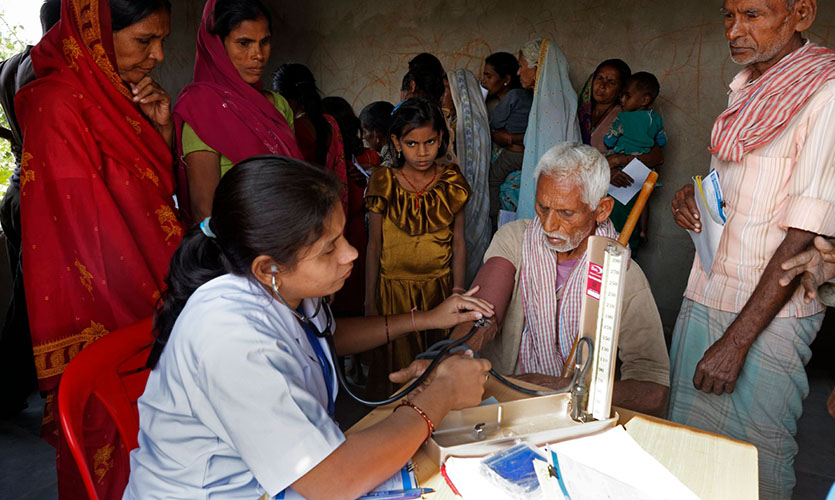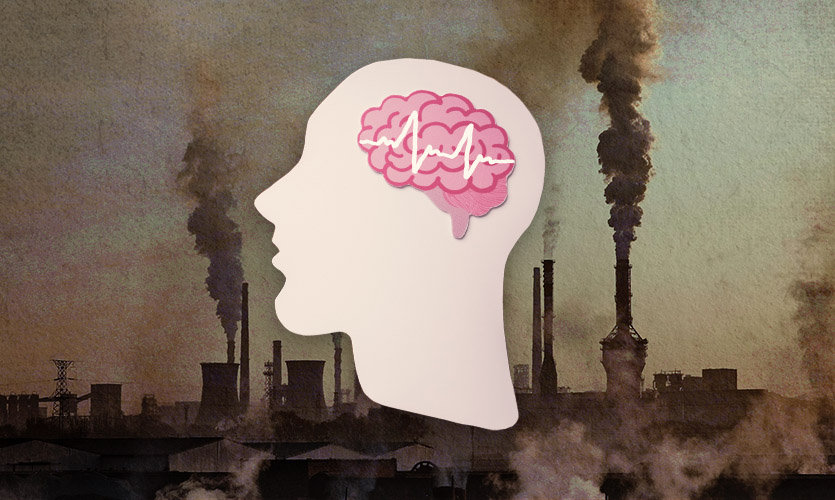India’s Community Health Centres (CHCs) are suffering from a shortage of nearly 80 percent of the specialists they need, as per findings published in the Ministry of Health and Family Welfare Rural Health Statistics (RHS) report.
As the first point of contact between people and the health care system, a Sub Centre (SC) serves as the first point of contact, while a Primary Health Centre (PHC) is staffed by a medical officer assisted by paramedical staff. Each CHC must be staffed by at least four medical specialists, acting as a referral centre for four PHCs.
A CHC is a 30-bed health facility that provides surgery, gynaecology, paediatrics, and general medicine services. Each SC is meant to serve a population of 3,000-5,000 people, each PHC a population of 20,000-30,000 people, and each CHC a population of 80,000-1,20,000 people. According to RHS projections as of March 31, 2022, each SC served an average of 5691 people, each PHC served 36,049 people, and each CHC served 164,027 people.
A shortage of specialist doctors is evident in the report, including surgeons (83.2 percent), obstetricians and gynaecologists (74.2 percent), physicians (79.1 percent) and paediatricians (81.6 percent).
There are 6,064 CHCs in India, and the Union Health Ministry has been unable to match the need for specialised doctors in the majority of these facilities, despite the number of specialised doctors in CHCs increasing from 3,550 in 2005, to 4,485 in 2022. However, as the number of CHCs grows, so does the demand for expert doctors needed to keep the centres running. Requirements for specialist doctors in CHCs have climbed by 63.8 percent, while the actual number of in-position specialists has increased by just 26.3 percent, according to the report.
In addition to specialised doctors, there is a shortfall of female health workers and professionals called Auxiliary Nursing Midwives (ANMs), with up to 14.4 percent of these positions unfilled in primary health centres and sub-centres.
When it comes to ANMs, the number of PHCs and SCs lacking them has increased from 4.75 percent in 2005 to 27.16 percent in 2021, when the pandemic was still in effect. It’s also worth noting that all CHCs in Sikkim and 95 percent of them in Madhya Pradesh lack a specialist. In Chhattisgarh, 43.2 percent of PHCs lack a doctor, as do 37.7 percent of them in West Bengal. In Bihar, 72.12 percent of SCs do not have a female health worker in charge.
While positions for healthcare personnel are unfilled on one end of the spectrum, on the other end, many health institutions are operating without running water or power. In Bihar, 31 percent of basic healthcare centres do not have access to water or power. 20 percent of those in Uttarakhand and 16 percent in Kerala have no regular water supply.
Predictably, this situation has ramifications. Neonatal mortality is three times higher in the poorest wealth quintile, demonstrating inequities faced even by young children. The lives of India’s poorest 20 percent of families are 7.6 years shorter on average, than those of the richest 20 percent.
The healthcare system in India is severely underfunded. The insufficient investment is represented in insufficient health resources and infrastructure, whether it be the presence of human resources, the development of centres, or the upgrading of buildings. The Health Ministry’s recent audit report of Ayushman Bharat HWCs found many critical concerns, including delayed funding distribution, staff shortages, and personnel payment delays. According to the report, funding should be allocated for outsourcing and providing support services based on the needs of each centre, and nursing orderlies should be trained in the supportive operations necessary for surgery.
Even though more than two-thirds of Indians live in villages, rural healthcare services have failed to catch up with those in metropolitan regions. The study of statistics published by the Ministry of Health and Family Welfare also indicates that the condition of rural India is substantially worse than it was 17 years ago.
Read more: Compassion Over Compromise: Does A Painfree Death Justify Assisted Suicide?










